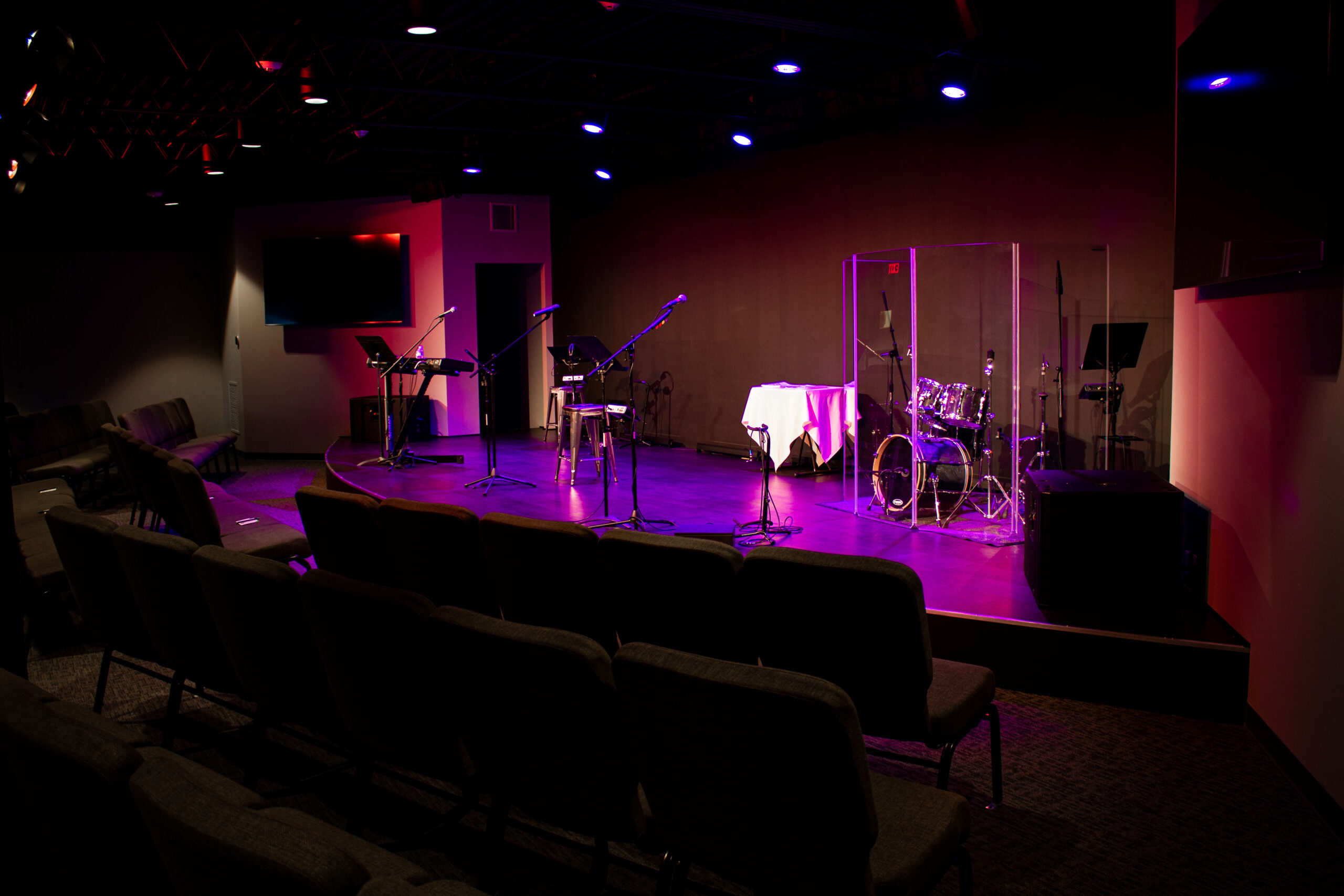While an audience may leave a memorable performance talking about those they saw on stage, as well as possibly giving credit to the director, there’s no doubt they wouldn’t have seen the action or been moved so fully by it if it weren’t for the quality of the stage lighting. That’s why, at Illuminated Integration, we view lighting crews and design teams as fully-fledged heroes who make up an integral part of any live performance, from high school plays to Broadway productions.
So if you’re responsible for or work with theatrical lighting on a regular basis, we thought you might benefit from some basic tips on how to make any type of performance — from a classic tragedy to a contemporary musical — really come alive for audiences. Here are some stage lighting best practices.
Stage Lighting Best Practices
Across all types of venues and productions, there are some basics like knowing the play inside and out, as well as familiarizing yourself with every aspect of your equipment, that will help you meet your lighting responsibilities with the greatest success possible.
Here are some stage lighting pointers to always keep in mind:
- Know your show and equipment. While you might not physically be on stage performing in the show, your lighting instruments and lighting design is creating a vital atmosphere through storytelling. Your lighting console should allow you to quickly select a fixture or a group of fixtures and tweak their color or position as necessary. So there’s no excuse for not being one step ahead of the action and performers at all times. And the best way to anticipate any problems before they arise is to both familiarize yourself with the show and your equipment inside and out. That way, if a performer makes a mistake or if a piece of equipment suddenly needs repair or replacement, you can respond quickly and effectively to make the correct decision while keeping the design integrity of the show.
- Use color to set the mood. Along with costumes and backgrounds, the color of lighting has an enormous potential to set the mood of a scene. When you know your gels and can combine this with knowledge of the most common color interpretations, you can trigger the audience’s associations with certain colors, such as blue to cool a scene or red to inflame the action.
- Add patterns for extra dimension. Gobos — the templates that literally “go before optics” — allow you to add extra dimensions to sets. From stained glass patterns to starry nights, the results of turning solid beams of light into carefully designed patterns, textures and images can have even deeper effects than physical props.
- Incorporate movement. With the help of rotating gobos or tracking a character with a moving light fixture, you can make snow fall, rain pour down or clouds drift by lazily. And these are just a few weather-related options. For more creative moments, there’s really no limit to the incredible effects lighting movements can have on a performance.
Illuminated Integration — Your Preferred AVL Source
For all of your audio, visual and lighting (AVL) needs, Illuminated Integration has both the experience and know-how you’re looking for. No matter the size of your venue, we put our years of design-build AVL expertise to work for each of our clients.
When you choose to work with us, you get to see the full potential of your performance space come alive. Fill out our quick contact form to start a conversation. We look forward to hearing from you.
